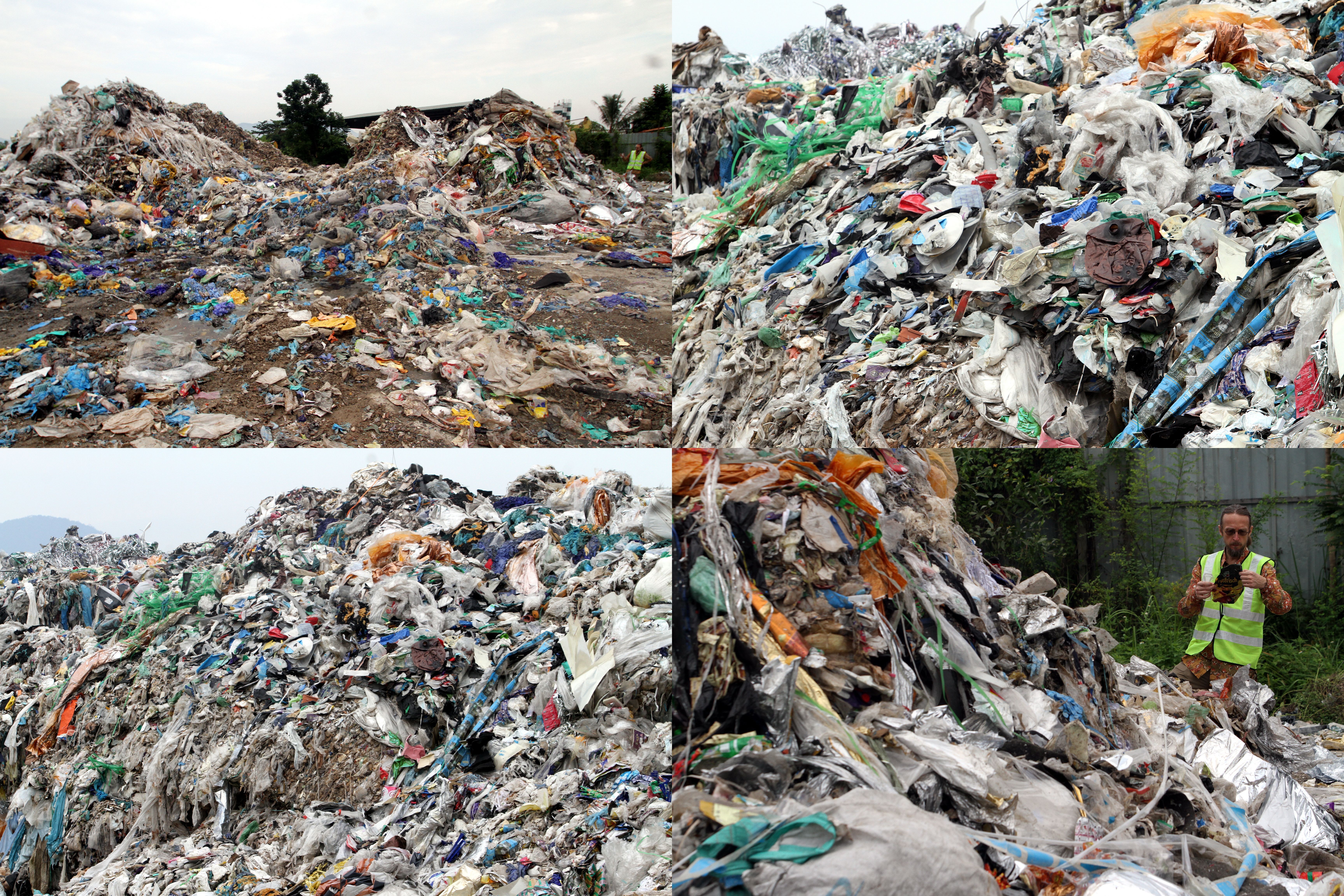
Published by EMIR Research, image from Free Malaysia Today.
The construction of the Kra Canal, also known as the Thai Canal, was recently announced. It refers to the proposal for a canal that would connect the Gulf of Thailand with the Andaman Sea across the Kra Isthmus in southern Thailand. Malaysia reacted by saying they will respect Thailand’s decision to build the canal.
Datuk Kamarudin Jaffar, the Deputy Transport Minister, said he did not foresee that the Kra Canal would have any major impact on Malaysian ports. He justifies his statement by stating that the country’s ports’ have had a 9% increase in cargo handling of this year’s first quarter (NST, 080519).
It is imperative to understand a little bit of the history behind the motivation for such a mega-project that will ultimately have major implications and consequences to its neighbouring countries.
The story begins with the efforts on the part of the Thai monarchy and European colonists in trying to capitalize on the commercial and strategic importance of the region by constructing a canal across the narrow isthmus that connects Thailand to the Malay peninsula.
The canal’s construction is attached to the maritime portion of China’s Belt and Road Initiative (BRI) and is aimed at linking Southeast Asia to Europe through the Indian Ocean (The Diplomat, 060418). According to various experts, in five years time, the 135 kilometers (km) of the Kra Canal be will be accessible by the largest container ships in the world (SelangorKini, 081617). The forecasted budget for this mega project is estimated to be roughly USD 28 billion.
The canal is expected to link China, Japan and other East Asian nations with the oil fields of the Middle East and markets in Europe, Africa and India. Hypothetically, it should reduce the cost of crude by USD 0.1 per barrel. This means that there will be an estimated reduction of annual oil-shipping costs by USD 540 million, canal fees and return trip costs of the empty tanker excluded.
In contrast, the world’s second busiest waterway, The Straits of Malacca, which runs between Indonesia, Malaysia and Singapore, has been a major gateway for trade to and from Asia. This natural channel has been in continuous use by traders for centuries, ranging from the Romans and Greeks, to the Chinese and Indians.
The Straits of Malacca connects the Pacific and Indian Oceans. Many of the world’s largest economies, which are concentrated in the Asia-Pacific region, use the channel for trade with energy-rich countries in the Middle East and resource-rich countries in Africa.
Consequently, it is estimated that almost 100,000 vessels go through it each year, which is valued to be about one-quarter of the world’s traded goods. Thus, it is evident that the ship routes of the Strait of Malacca are vital to Malaysia, Singapore, Brunei and Indonesia.
Since 2013, Singapore has been recognized as the busiest port in Southeast Asia while Pelabuhan Tanjung Pelepas (PTP) and Klang Port has been placed among one of the top 20 ports that have been visited (Utusan Online, 062215).
Although our current economy is not dependent on the port and shipping industry to the extent of say Singapore, we have developed a state of the art port and shipping infrastructure in PTP, Klang Port and Johor Port. In 2002, these were recognised as some of the fastest developing ports in the world.
Therefore, if the Kra Canal project continues as planned, it will have an immediate effect on Malaysia’s and Singapore’s economies due to the new maritime route. The main reason is largely due to the fact that the new route will be economically cheaper for shipping routes to travel through the Kra Canal, compared to conventional routes which pass by the Straits of Malacca.
Lastly, even though our Deputy Transport Minister has confidently stated that the country’s ports are progressing, the government should not make premature assumptions on whether or not the project will impact Malaysian ports.
One of the main reasons for building the Kra Canal is so that cargo ships can cut traveling routes by some 1,200 km, which for some are a difference of two to three days.
Our government seems to be dismissing the importance of the Kra Canal too hastily, and it is in Malaysia’s best interest for the government to thoroughly and exhaustively do its research before writing the Kra Canal off not having any noticeable impact or consequence to our own ports just because our current data allegedly shows that our own ports are still growing.
Indeed, it hardly seems logical to use contemporary data collected before the existence of the Kra Canal to somehow extrapolate shipping trends after the Kra Canal has been built.
Sitting quietly while the Kra Canal is being built may not be the wisest. For comparison, when Denmark and Sweden started to build the Oresund Bridge across the Danish Straits in Europe, the Germans objected by sending a petition to the International Maritime Organisation (IMO) due to the bridge potentially blocking shipping flow. Due to this, the Oresund Bridge was redesigned.
In conclusion, Malaysia truly needs to prepare itself for what may be a very substantial economic fallout as a result of the construction of the Kra Canal. Failure to prepare adequately for this may put billions at risk, and impact our economy much more than politicians seem to be projecting.
Afnan ‘Aqif is Research Associate at EMIR Research, an independent think-tank focused on strategic policy recommendations based upon rigorous research.

